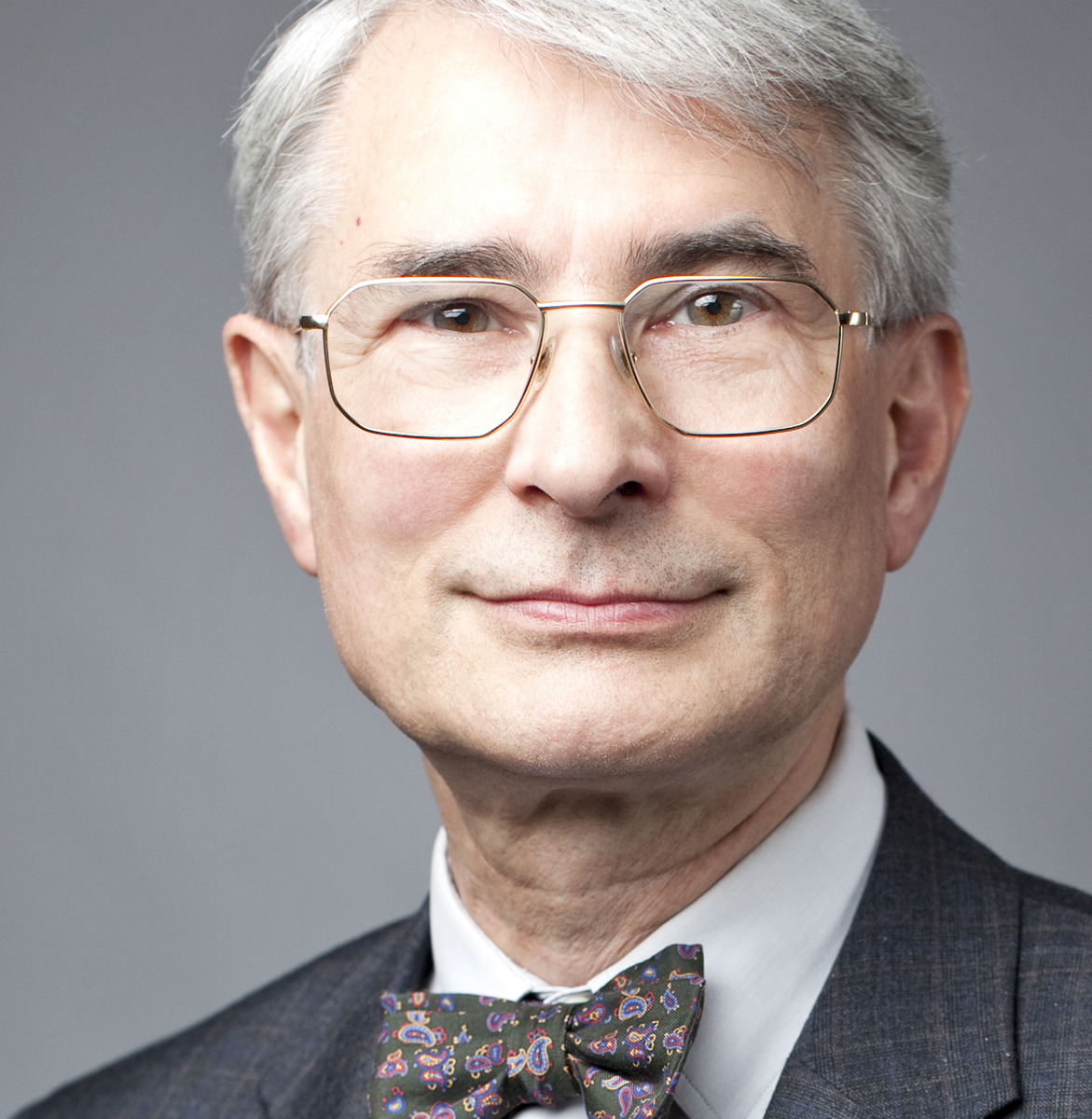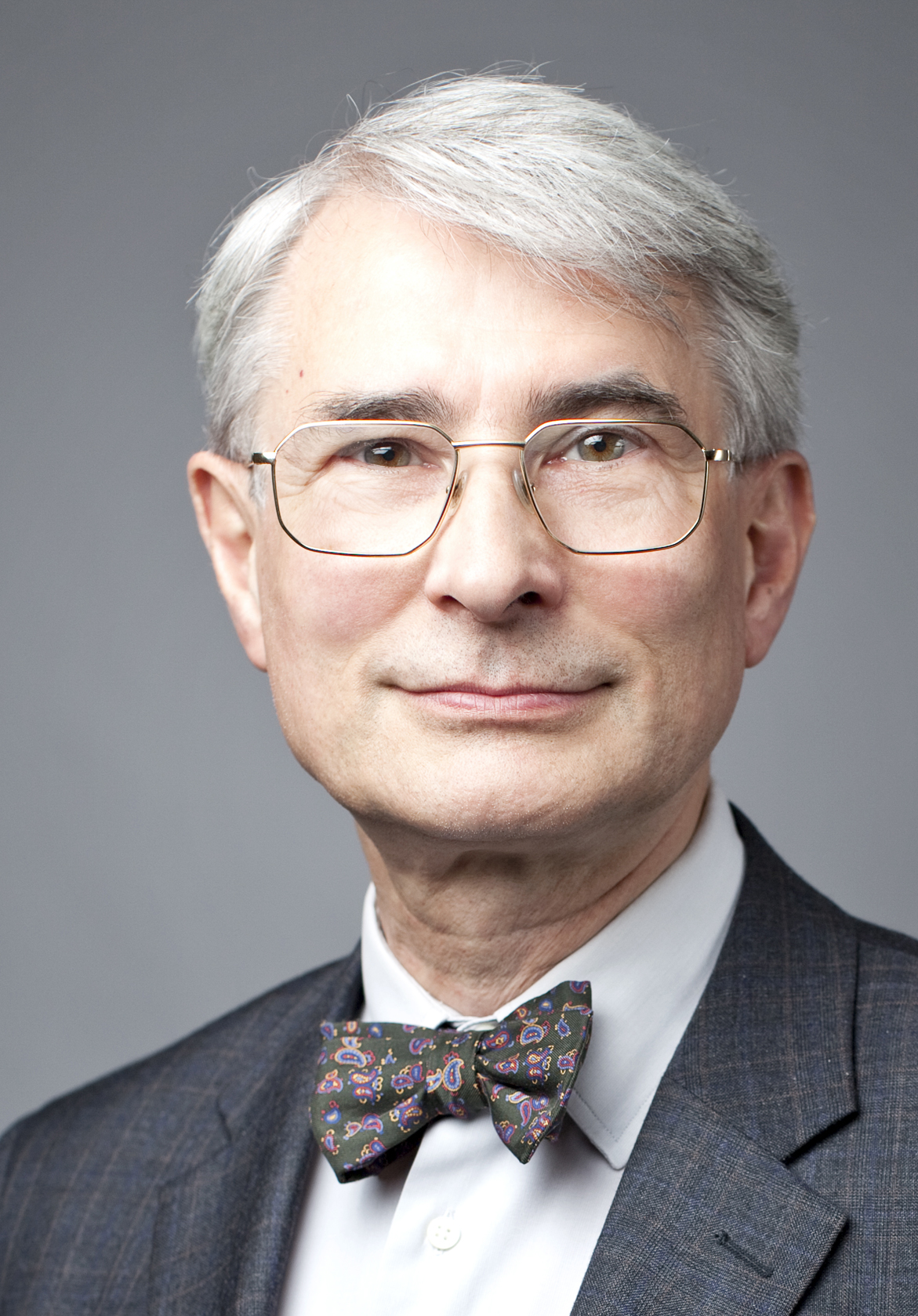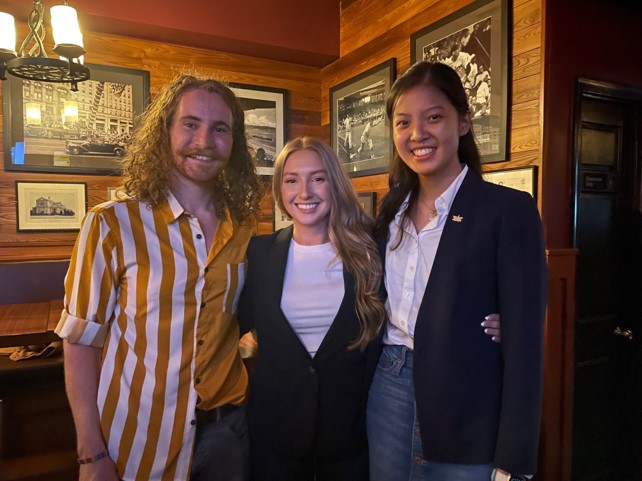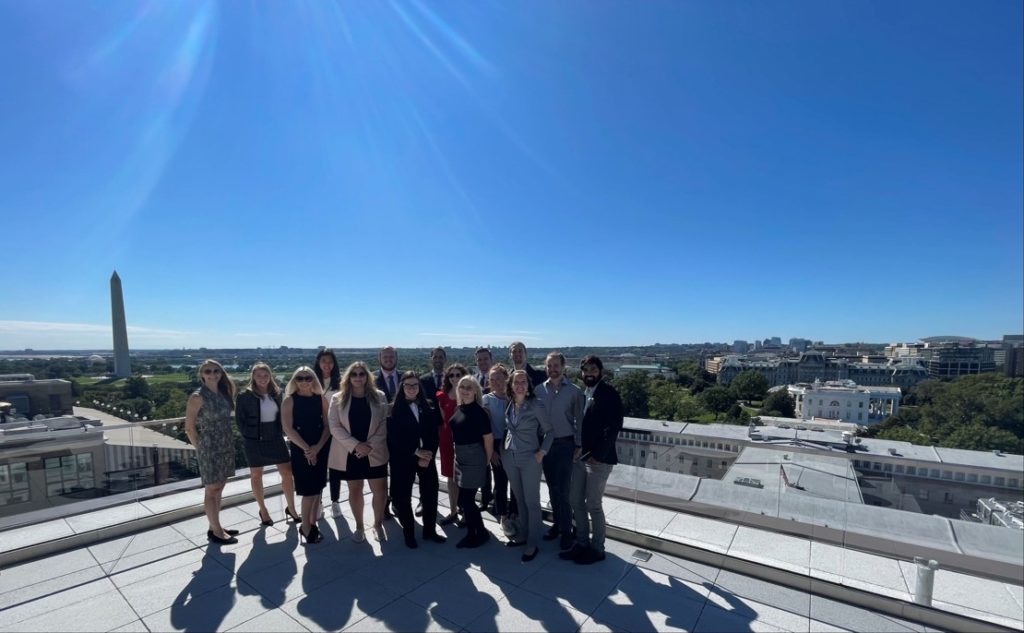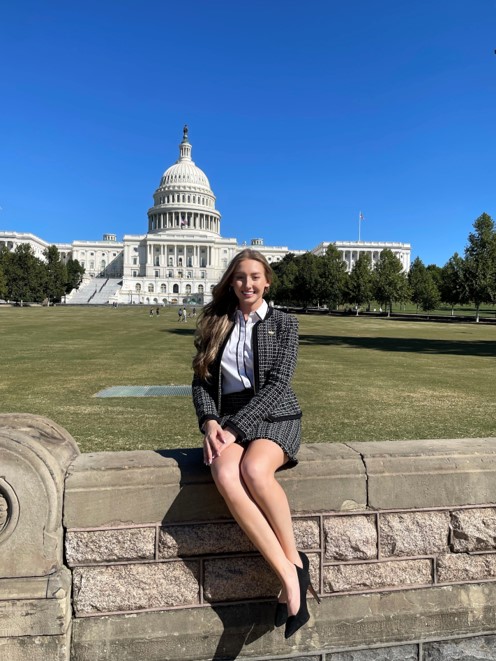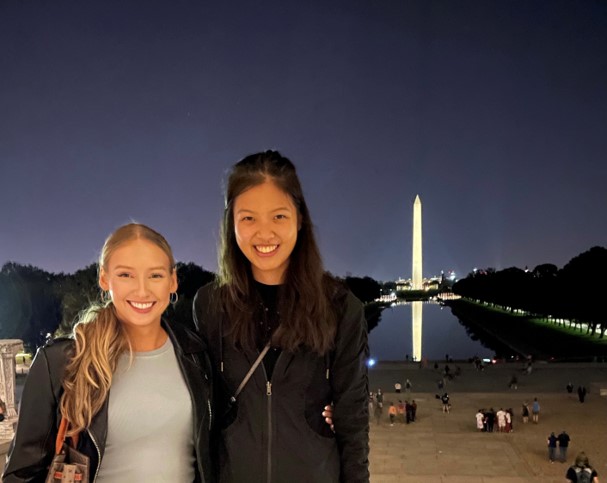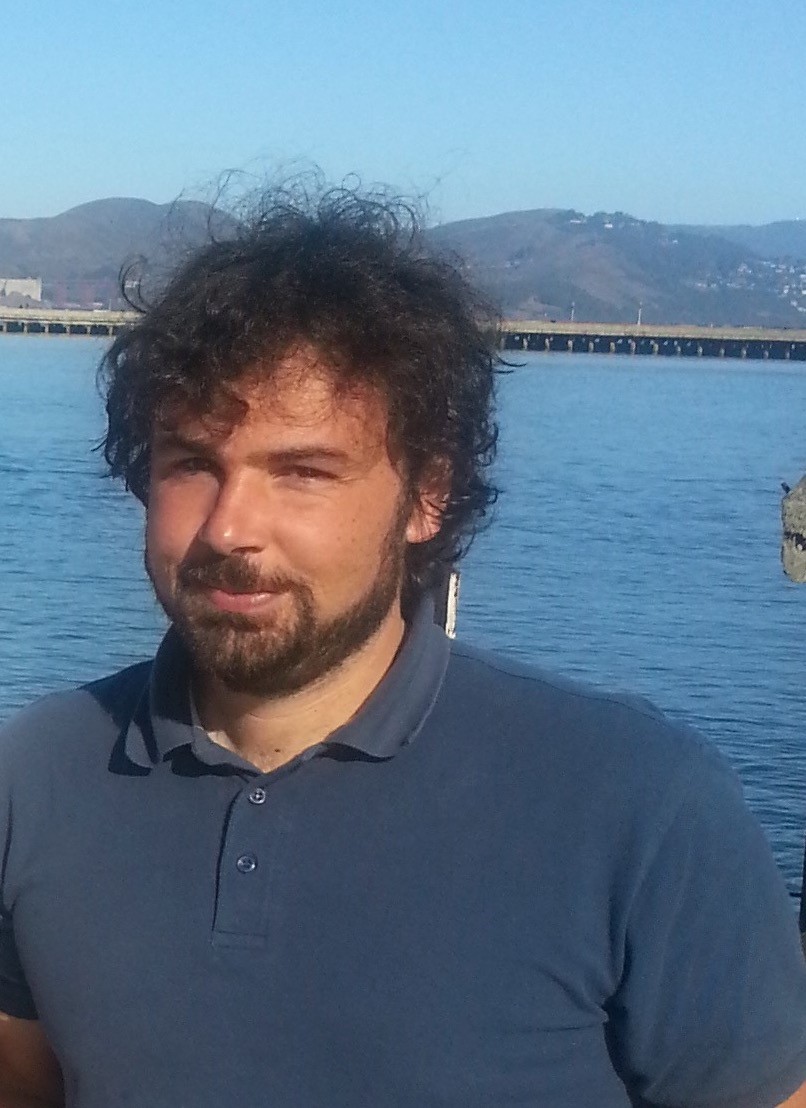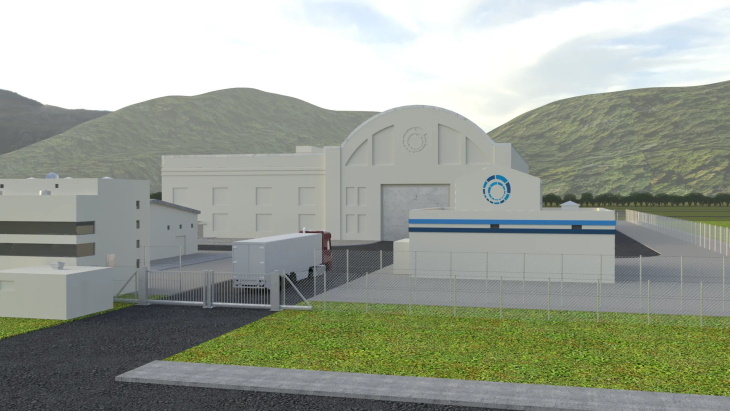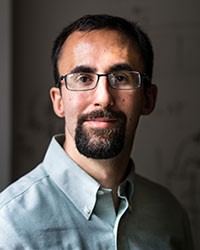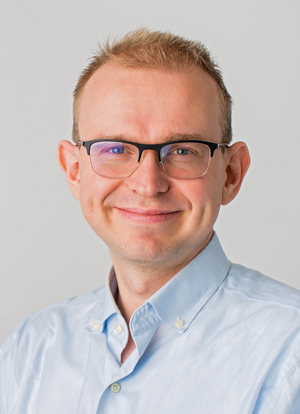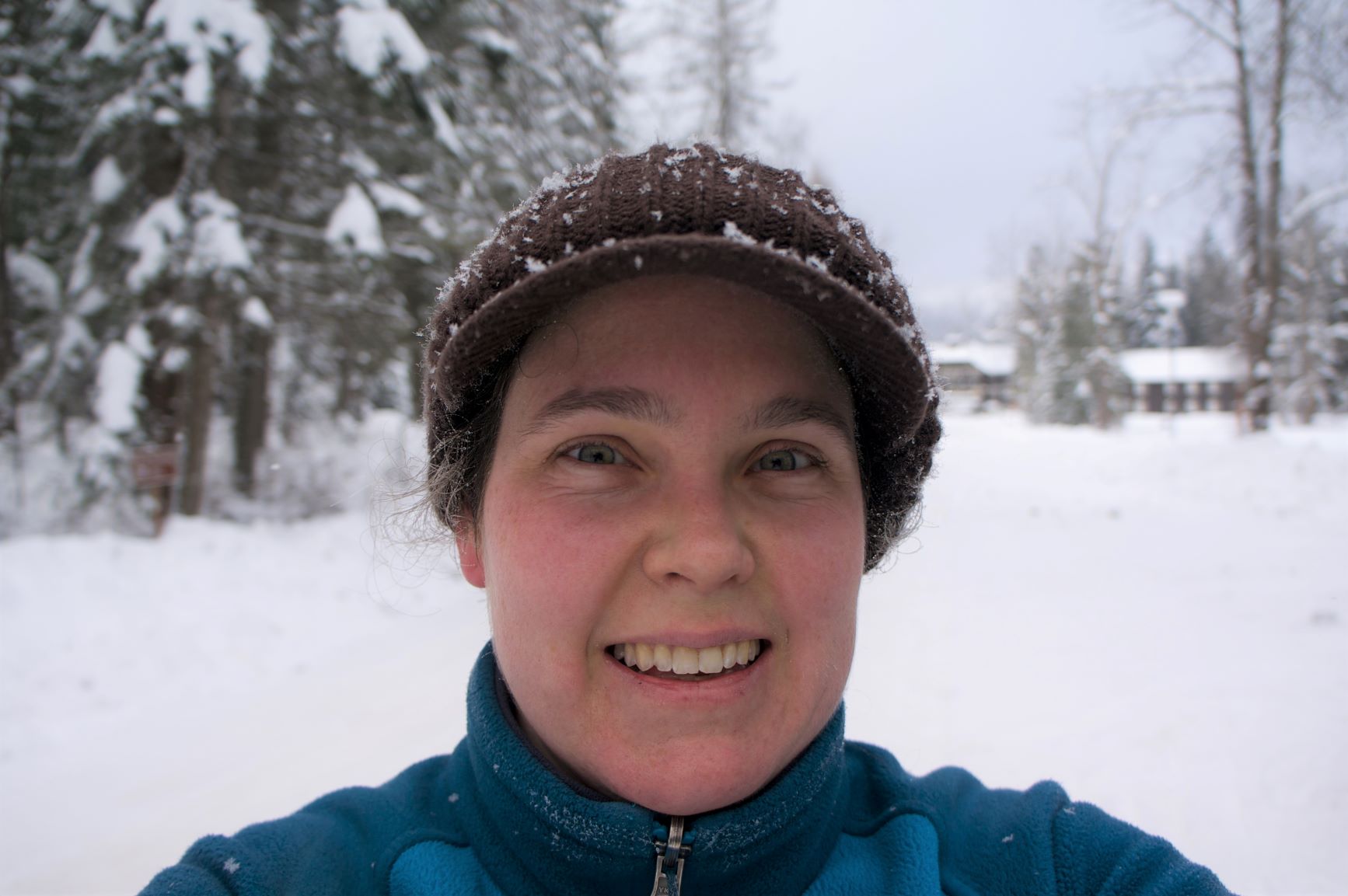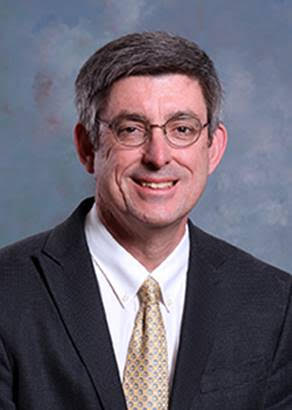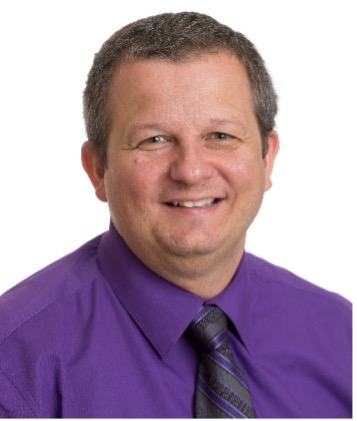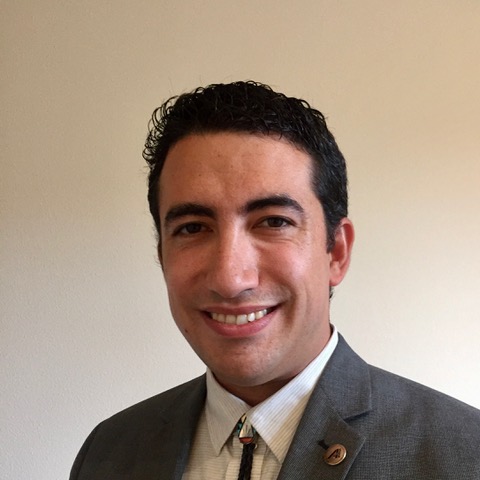
High intensity laser matter interactions with short pulse durations are the epitome of extreme science, at ultrafast timescales, extremely high energy densities, and relativistic effects defining the regime. In this talk, I will examine how the laser polarization adds a further parameter for controlling these interactions, and the impact that they can have in radiation production. Experiments from tabletop to facility scale systems will be presented, along with numerical modeling.
Professor Dollar is a member of the Dry Creek Band of Pomo Indians, a UC Berkeley College of Engineering alumnus, and currently serves as the Associate Dean of Graduate Studies for the UCI School of Physical Sciences. His research focus is in high energy density laser matter interactions and the applications of such interactions for compact radiation generation.

